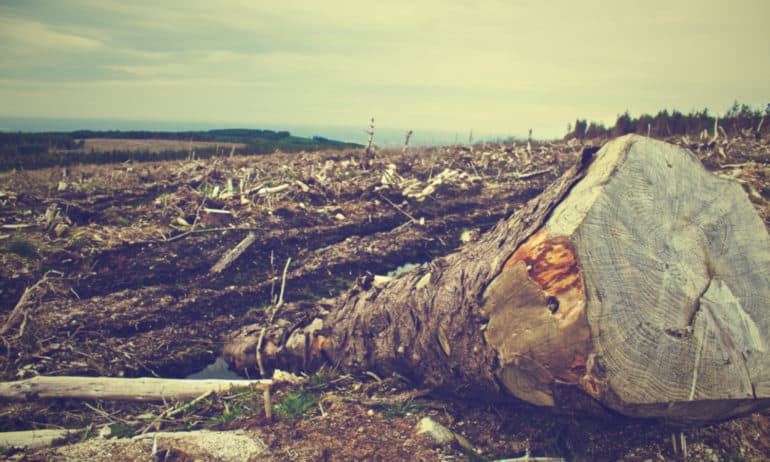In the Cerrado region of Brazil—a biodiverse tropical savanna spanning 20 percent of the country’s land mass—expanding soy production is causing mass destruction of habitat and disrupting Brazil’s water systems.
It’s an all-too familiar tale. Just over a decade ago, rapid soy expansion in the Amazon threatened to destroy many of the region’s remaining tropical rainforests. The Soy Moratorium—an industry-led initiative to prohibit soy purchasing from recently deforested lands—delayed destruction. However, global demand for soy continues to increase, and many producers are turning to the Cerrado for further expansion.
A recent report by Chain Reaction Research (CRR) highlights the impact of soy cultivation on the Cerrado vegetation. Soy acreage increased by 9.54 million hectares between 2000 and 2017, stripping 2.83 million hectares of its native flora. Most of this expansion occurred in Matopiba, the ‘last soy frontier’ in Brazil, which alone accounted for 1.9 million hectares of deforestation during this period.
Aside from the well-established impacts of deforestation—including increasing carbon dioxide emissions, destroying biodiversity, and disrupting local communities—the impact on water availability is particularly concerning. The deep root system of native Cerrado vegetation, sometimes described as an upside-down forest, soaks up water and slowly feeds it into rivers and aquifers that provide fresh water to many communities. During dry years, the vegetation also acts as a natural water reserve, supporting rainfall within the Cerrado and in the midwestern and southeastern parts of the country.
Stripping the landscape of its vegetation breaks down this natural water cycle. A University of Brasilia study linked deforestation to an 8.4 percent drop in yearly rainfall in the Cerrado over the last 30 years, and the northeastern region has experienced an exceptionally large number of consecutive years of droughts. Removing vegetation can also damage the region’s deep root system, causing more water to run across the surface when it rains and increasing the risk of flooding.
Changing water conditions poses a serious business risk to the Brazilian soy industry. Rain feeds many of the soy farms in the Cerrado, and decreased and unpredictable rainfall patterns can threaten yields. In 2016, soy yields were as much as 40 percent lower in Matopiba due to dry conditions compared to Brazil as a whole. Competition over water sources may also expose soy companies to conflicts with other users—social tensions have already led to protests and sabotage of farms in the state of Bahia, and future conflicts could further impair soy operations in the region.
According to Tim Steinweg, a lead author of the CRR report, urgent action is needed to mitigate further deforestation in the Cerrado by the soy industry. But change may not be coming anytime soon.
“The combination of the recent election results in Brazil and shifts in international trade pose significant risks that deforestation will get worse before it gets better,” says Steinweg.
Until now, the Brazilian government has acted modestly to address deforestation, including implementing sanctions against illegal deforestation. But with the recent election of Jair Bolsonaro it is likely that “legal protection and enforcement will be seriously reduced,” according to Steinweg. In the absence of national leadership, a growing number of soy supply chain actors have made zero-deforestation commitments—some signing the Cerrado Manifesto, an agreement calling for an end to deforestation in the Cerrado—but the current U.S.-China trade war has meant more Brazilian soy is finding markets in China, where buyers are less concerned about the sustainability of their sources.
If nothing is done to curb deforestation, a recent Embrapa Brazil study suggests that the area of land suitable for soy production may decrease by up to 39 percent by 2040. This will likely dissuade new soy investments in the region, but existing producers—many of whom are too indebted to abandon their operation—will be forced to continue producing in the face of unstable growing conditions. Meanwhile, the effects of deforestation will compromise water availability for humans, plants, and animals in the region and threaten life in one of the most biodiverse tropical savannas in the world.
“The entire Matopiba region could become unsuitable for soy production because of climate change,” says Steinweg. “This is a very bleak scenario, for soy, for biodiversity, for the climate, and for local communities.”







